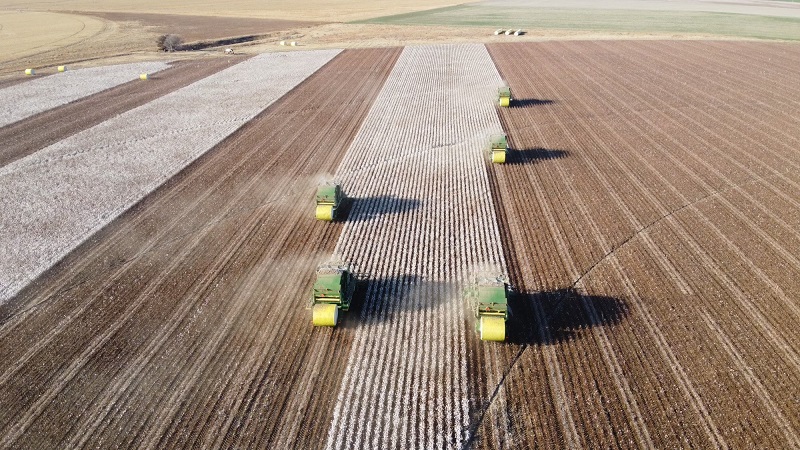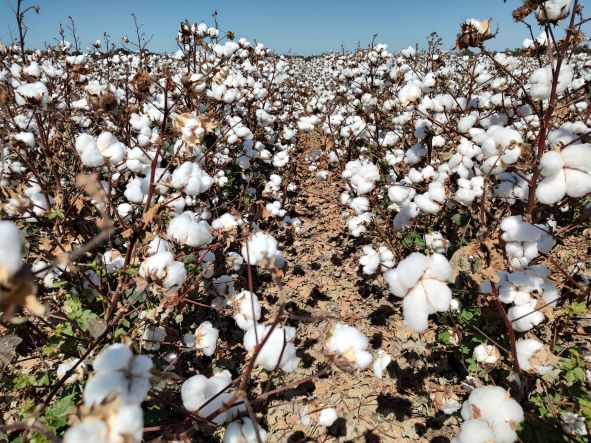Interest Rates, Stronger Dollar, Lower Demand Feeding the Cotton Bears
Cotton prices suffered a major setback this week, as the Fed’s decision to continue its interest rate increase was followed by a triple-digit slide to just below its major support level of 75.00-75.50 cents.
The December 20 settlement of 75.05 – essentially the low of the day and week – subjects the market to a probable dip down to the 72-73 cent mark, or nearly a 15% decline from the tariff announcement level of near 84 cents.
Of course, the Fed’s action was bearish for all commodities and all U.S. export goods as it strengthens the value of the dollar, consequently requiring more foreign currency to buy dollars to pay for imported cotton. Remember, cotton is typically traded internationally in terms of the U.S. dollar.
Thus, it is becoming more likely that the three month trading range will fail, and the 75.50-76.00 cent level will flip and become the first level of price resistance instead of its prior role of price support. Unfortunately, it will likely be that the 75-76 cent mark will provide very durable overhead resistance.
The irony of the Fed’s action with respect to U.S. cotton is that it is now more expensive for importing countries relative to their respective local currency. This is occurring at a time when world demand for cotton is declining – thus adding to demand woes. Demand – or more specifically the lack of demand – led the market discussion all week.
Yarn stocks in India, slowing offtake in China as well as Europe have eaten into the rosy prediction that 2018-19 marketing year demand would be a new all-time record level of cotton consumption. Yet, that could still be the case. However, it appears that world demand will fall from current predictions by some two million bales.
Yet, the dichotomy is that while world consumption is falling, so is world production. In fact, the shrinkage in world cotton demand should be no greater than the decline in world production, notably led by the various difficulties the Indian crop has faced. Thus, it is expected that the ultimate world carryover will be little affected. This then leads back to the U.S-China trade tiff, with the cotton market caught in the middle.
It seems as last week’s potential for lighting a fuse that would rocket prices higher has given way to the bears to take prices lower. As mentioned last week, the Turkish demand picture continues to be painted in black, as one of the world’s primary consumption markets is facing a continuing financial crisis that prevents Turkish mills from operating at full capacity and could result in a 5-10% reduction in consumption.
It is difficult to end the year with such bearish news. While strong demand was the shining light in 2017-18, the slowing of demand is taking the luster off earlier bullish news for the 2018-19 marketing season. Nevertheless, U.S. growers are still expected to increase plantings some 300,000 plus acres.
I’ll see you at the Cotton Beltwide Conferences to begin the New Year.
Merry Christmas, Happy Holidays and Happy New Year!
Give a gift of cotton today.









